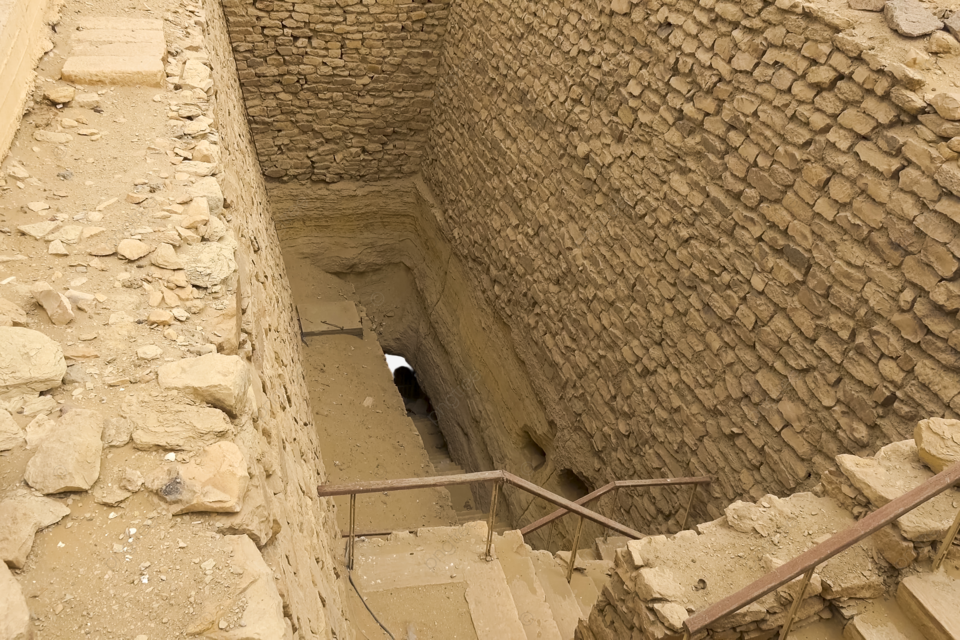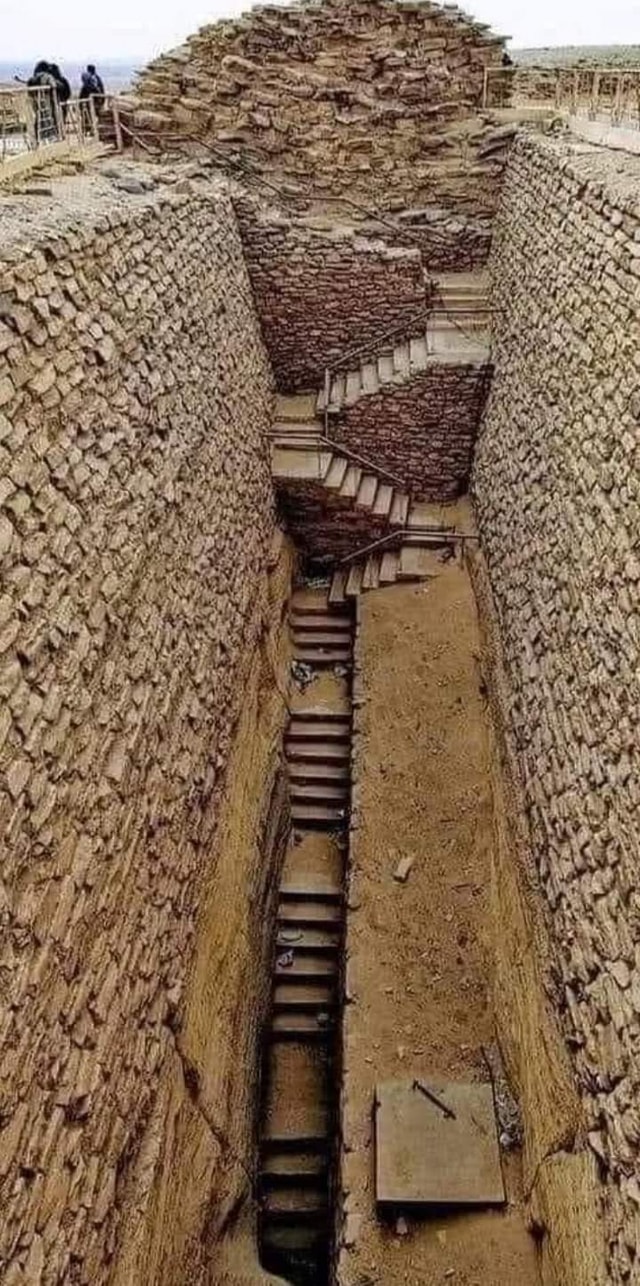Exploration of the Ancient Staircase Leading to Pharaoh Djoser’s Tomb!
The staircase leading to Pharaoh Djoser’s burial chamber at Saqqara is one of the earliest and most remarkable features in ancient Egyptian funerary architecture. Carved deep beneath the Step Pyramid, this ancient descent marks a symbolic journey from life to the afterlife. Its discovery was a milestone in understanding how Egyptians envisioned the soul’s passage into eternity.
Beneath the pyramid lies an extensive network of shafts, tunnels, and chambers. This complex structure eventually leads to the central granite-lined burial chamber, where Djoser was laid to rest. The engineering sophistication reflects not only technical skill but deep religious significance tied to rebirth and divine kingship.
French Egyptologist Jean-Philippe Lauer devoted decades to excavating and restoring the Step Pyramid and its subterranean architecture. His meticulous work allowed historians to piece together the original design and purpose of these spaces. The exploration required navigating tight passageways and carefully preserving the fragile structure.

Inside the underground complex, archaeologists uncovered thousands of stone vessels, many inscribed with the names of earlier kings. These artifacts offer crucial insight into early dynastic craftsmanship and burial practices. Together, the tomb’s layout and treasures tell the story of Egypt’s earliest monumental stone construction—and its belief in life after death.
